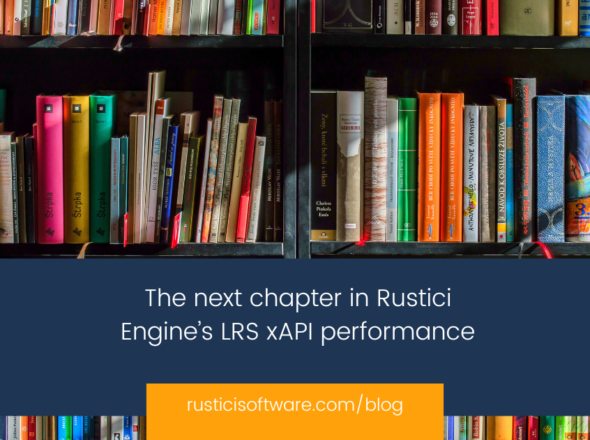In-person conferences are back, and we recently attended ATD ICE! While chatting and catching up with our customers is always our favorite part of events, we were also curious what the learning and training hot topics would be for 2022.
Here’s your conference buzz:
Using VR and AR in learning.
Virtual reality and augmented reality aren’t new concepts, but they are making their way into more training programs in varied ways. One great example is that of companies with hybrid and remote employees. They need their teams to interact together and create a team bond while being physically in different locations. And this demand is only continuing to increase with many workers choosing to stay remote. Working together in a virtual environment can help employees form a team mentality just like they would if they were in the same location.
Another example is training on repetitive tasks that require muscle memory. The virtual aspect creates a safe environment for employees to practice their tasks and build muscle memory without harm or loss of product. This could be someone working in a lab mixing chemicals in a very specific way or an electrician wiring a panel.
Metaverse is here.
Whether you’re ready for it or not, the Metaverse is here. L&D programs are already starting to come up with ways to incorporate it into programs, which goes hand in hand with the increase in VR conversations. After all, a key aspect of the Metaverse is interacting with others in a digital environment, so the previous examples could be training that is part of the Metaverse. What role, exactly, the Metaverse will play in learning and training is still unfolding and will likely continue to be a hot topic at future conferences, such as I/ITSEC.
xAPI whispers.
If you’ve made it this far, you might be thinking that this all sounds good, but how do I track these types of learning and see that it is providing value to my training programs? xAPI or cmi5 can help unlock that data for you. ATD did have a great xAPI session by Megan Torrance, so hopefully there will be more rumblings in the future about standardizing playing and tracking data from newer technologies.
Of course, xAPI is near and dear to us, so we set out to see if and how our customers are adding xAPI and cmi5 into their learning and training programs or platforms. We were excited to hear that the word is getting out about cmi5’s benefits and conversations are starting about which of their customers or industries would be a good fit for these newer(ish) standards.
Inadequate technologies causing pain.
Hybrid and remote working is gaining in popularity and is likely here to stay for many companies. But this has also shown that not having the right technology – or having incompatible technologies – causes a lot of headaches and frustration for both the learner and admins.
Here are a few of the hybrid technology traps to watch out for and how to solve for them.
Focusing only on the learner and training content.
It’s sometimes easy to forget that your training also needs to serve your organization’s goals, instructors, clients, partners, instructional designers and content specialists depending on your training program and needs. To help better serve everyone, map out who you need to train (internal staff, which roles or external customers), how you want to train (such as in-person, virtual or hybrid) and what are your biggest pain points (like too many LMSs or the learner’s experience).
Ignoring your learning ecosystem.
That latest piece of technology seemed like it would solve one of your organization’s needs, but it needs to be launched on its own. This new training content fits perfectly with your company’s values and brand, but it isn’t compatible with your LMS. While having one or two of these common problems might not sound too bad right now, this can quickly spiral out of control and make apples to apples data comparisons nearly impossible. Instead, think about your learning technologies in terms of a learning ecosystem where all of your systems and technologies work together to have a better experience for learners and eases burdens on the L&D department.
To help you get started organizing your ecosystem, check out our free Blueprints for Success: Designing a Scalable Learning Ecosystem ebook.
Not having a learning technology foundation.
The key to having a successful learning ecosystem that works for you is starting with a good base technology. Make sure the platform can manage and deliver different content types to various systems and supports different eLearning standards. The platform should also be able to export learner data.
One example of a technology foundation is Rustici’s Content Controller, which is a platform for centralizing management and distribution of learning content to LMSs and other learning applications while maintaining visibility and control over how the content is used.
While we’re enjoying our time back with Rusticians, we’re gearing up for more upcoming conferences, including TICE, DevLearn and iFEST. Curious about ATD ICE hot topics or want to catch up during fall conferences? Reach out! We’re happy to chat anytime.


